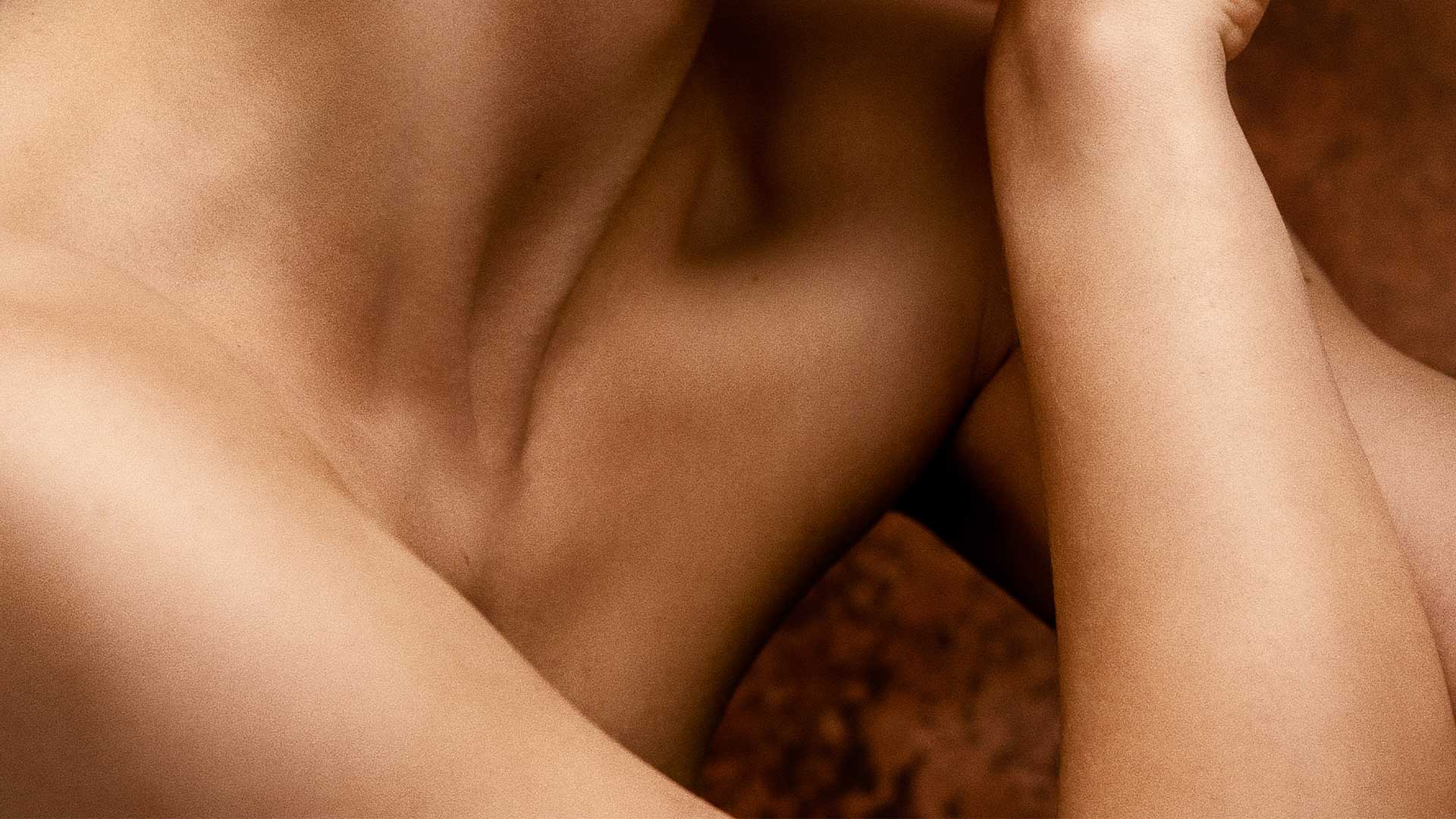TREATMENT
Intense Pulsed Light (IPL)
What is the Intense Pulsed Light?
IPL stands for Intense Pulsed Light. It is often mistaken for a laser partly due to the misleading advertising by some businesses referring to IPL-laser. IPL differs from lasers in that light is concentrated using lenses and or mirrors but the photons (particles of light) are not parallel like in the case of lasers, with IPL in general being less powerful. Typically also, IPL will emit a range of light colours whereas laser will have a single specific wavelength. This makes lasers a specialist tool for specific application whereas IPL can be used for a variety of applications depending on the “range” of wavelengths selected.
Both IPL and lasers utilise the physical properties of light absorbed or reflected by certain colours and turned into heat. This allows for different wavelengths of light (or colour) to be used to perform various tasks. Certain wavelength target haemoglobin in blood and are best to treat capillaries, others will more specifically target melanin in hair and sun spots, etc. IPL is a non-invasive approach to skin rejuvenation and is generally used to improve skin tone and surface imperfections associated with ageing, as well as any photo damage, mainly capillaries and sun spots/freckles.
Skinstitute FAQ

